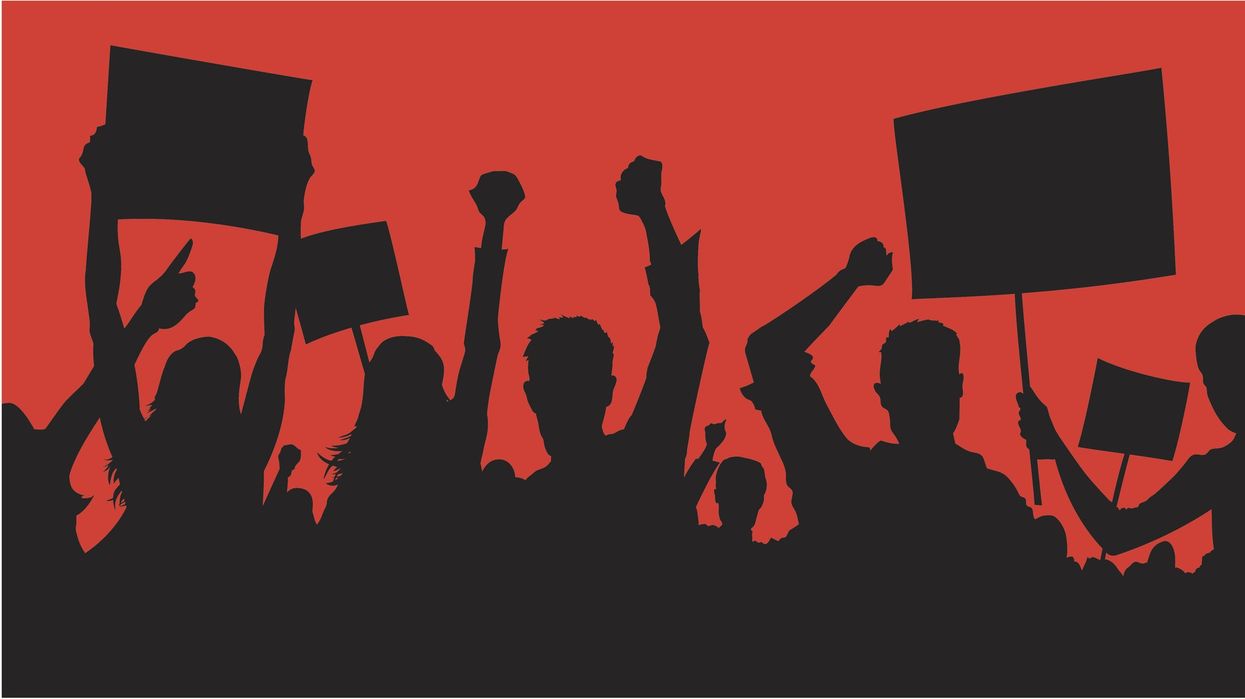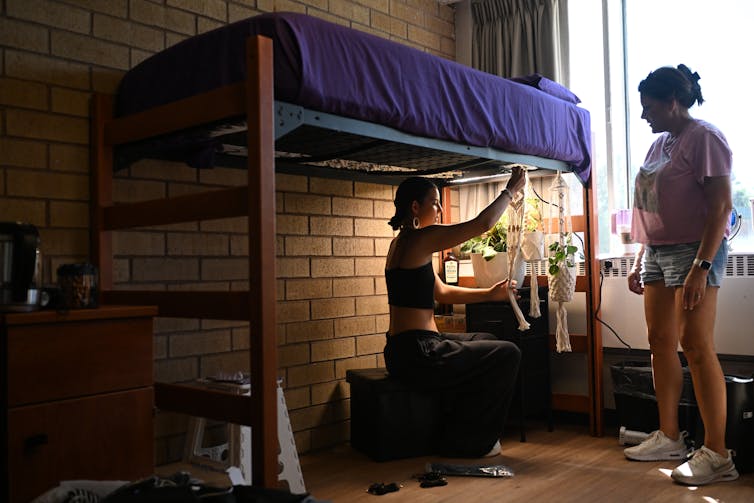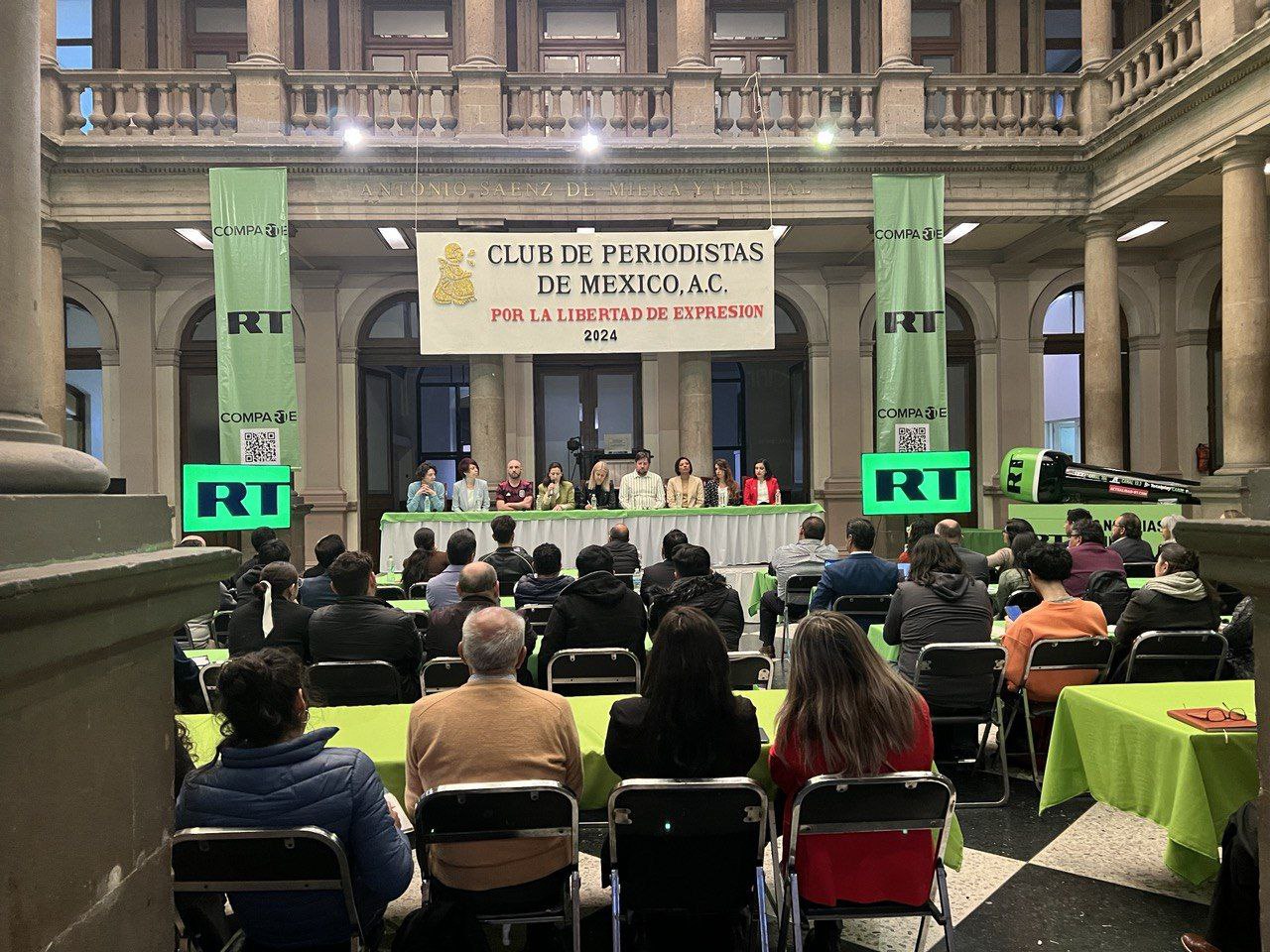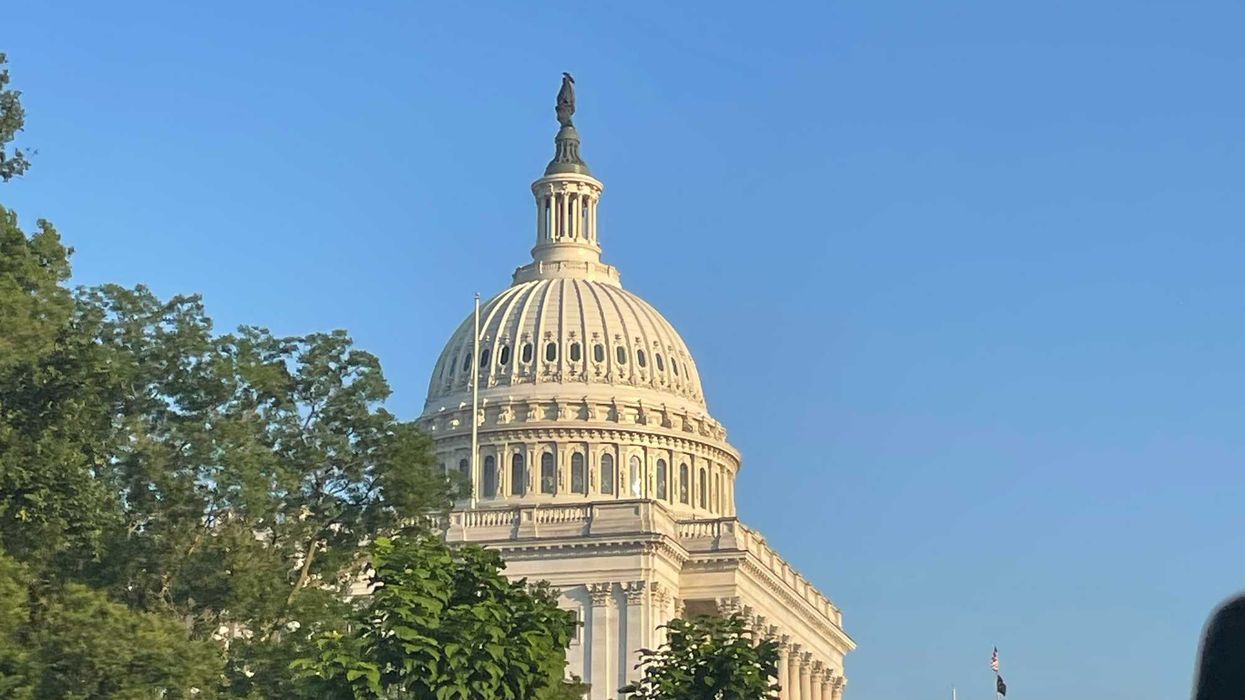Threats and harassment are pushing some politicians out of office, scaring off some would-be candidates and even compelling some elected officials to change their vote.
Those are some of the conclusions of a new study I led on political violence in Southern California.
Rising threats against public officials is a national problem.
Between 2013 and 2016, there were, on average, 38 federal charges involving threats to public officials per year, according to the National Counterterrorism Innovation, Technology and Education Center, a research center. That average sharply increased between 2017 and 2022, when an average of 62 federal charges were brought annually for threats to public officials.When elected officials worry for their safety, it has implications for all Americans. Democracy suffers when people are governed by fear.
‘Respectful discourse has been lost’
I am the founder and director of the Violence, Inequality and Power Lab, or VIP Lab, housed at the University of San Diego’s Kroc Institute for Peace and Justice. Over the past two years, the VIP Lab has been collecting data to understand the frequency and severity of threats against local elected officials in Southern California.
Our research focused on California’s three southernmost counties – San Diego, Riverside and Imperial. Together, these counties have just under 6 million residents, or roughly 15% of California’s population.
To capture as complete a picture as possible, we did a survey and interviews, reviewed news coverage and social media accounts, and scoured literature nationwide.
The first year, we focused only on San Diego County, surveying 330 mayors, city councilors, county board of supervisor members and school board and community college board members. Over 25% of survey recipients responded. Of them, 75% reported being threatened or harassed at least once in the past five years. Roughly half said the abuse occurred at least monthly.
Respondents had found their name shared on the dark web and seen cars drive past their homes in an intimidating manner. They’d been followed after public meetings and blocked from leaving. In some cases, their families were harassed.
“As a parent, [I] feel vulnerable,” one city council member said, adding that he’s become “very guarded with [my] kid in public.”
Topics that were most likely to prompt threats and harassment included COVID-19, gun control, school curricula and LGBTQ+ rights.
“Since the pandemic, people have been mobilized into different silos or groups of people,” said a school board member interviewed in 2023. “[R]espectful discourse has been lost in all of this.”
In year two, we sent surveys to 785 elected officials in all three counties. Two-thirds of respondents reported having been threatened or harassed at least once in the previous five years. Roughly the same number said verbal attacks had become a routine part of public service.
These attacks come from the public, they told us, and from other elected officials. Officials have been accused of corruption, called idiots and told they should die. School board members face allegations that they “don’t care about kids.”
The threats “are verbal, at council meetings, outside of meetings, during breaks,” said one interviewee serving on a city council. “I’ve been harassed by city council members, staff members, the city manager and the city attorney.”
A troubling trend
In simple terms, our research suggests that at least two of every three people who serve in public office in Southern California will be threatened, intimidated or harassed during their tenure.
Survey results suggest the average female elected official who experiences abuse is threatened or harassed at least six times as often as her male peers. Men reported being on the receiving end of abuse about once a year, while women suffer abuse almost monthly.
The attacks against women are more likely to be personalized – referring to their looks or their family members – and have a sexual nature.
It was “slanderous stuff,” one school board member told us of abusive text messages that started in 2022 after many years of service. “Language of being evil … of not being a Christian woman.”
Her husband was also followed by a car, and her home was circled by the same vehicle. No one else on her board reported similar abuse.
We heard many accounts like this from female elected officials in Southern California. One city councilwoman filed two police reports against men who threatened, harassed and stalked her. A second was threatened throughout her campaign and time in office, including by a man who used a racial slur and threatened to “take care of” her with his AK-47.
Even so, our most recent survey revealed that male elected officials are most concerned about political violence. Sixty-four percent reported that things had become worse during their time in office, compared with 50% of women.
Counterintuitively, white, male, rural and conservative respondents all reported that threats and harassment had gotten worse more often than their nonwhite, female, urban and liberal counterparts – even though nonwhite, female, urban and liberal respondents reported more threats and harassment overall.
This finding may reflect a meaningful shift in how threats are used in politics. We believe that those responsible for abuse previously targeted the most vulnerable elected officials – namely women and other underrepresented groups.
But as it becomes more common to use threats and harassment as a means to influence decision-making, everyone is a target.
Most of the abuse we documented is, thankfully, not physical. But “hostile, aggressive or violent acts motivated by political objectives or a desire to directly or indirectly affect political change or change in governance” is, by definition, political violence.
And our research shows that this constant, low-level abuse is taking its toll on people and communities.
Fear-based governing
Our study results mirror findings from other research on growing political violence in the U.S.
The number of threats targeting members of Congress went up 88% between 2018 and 2021, from 5,206 in 2018 to 9,625 in 2021.
Meanwhile, a 2023 study on state legislators by the nonprofit Brennan Center for Justice found that 89% had been threatened, harassed or insulted at some point over the previous three years. That means roughly 6,000 of the approximately 7,000 state legislators in the U.S. have been abused or intimidated since 2020.
The Capitol insurrection of Jan. 6, 2021, demonstrated for many Americans the threat of political violence. Brent Stirton/Getty ImagesMost Americans don’t need these data points: Three-quarters of Americans already believe political violence is a problem, according to the States United Democracy Center.
Constituents have a right, even an imperative, to make their opinions known to the individuals they elect. Accountability and representation are essential to democracy. But there is a line between expressing disagreement and using intimidation or violence to influence policy decisions. And the latter can have some distinctly undemocratic outcomes.
Six percent of the elected officials we interviewed said they had actually changed their vote on a specific issue due to the climate of fear. And 43% of our survey respondents said that threats and harassment have caused them to consider leaving their post.
“I don’t think it’s fair to have to fight so hard,” said one relatively new school board member. “I’m mad at myself for letting the bullies win.”
The climate of fear is also keeping people from serving. Nationwide, 69% of mayors surveyed by the Mayors Innovation Project said they knew someone who had decided not to run for office due to threats or fear of violence.
When fear – rather than the needs of community – becomes a driving force in politics, democracy loses. That’s rule by the powerful, not rule by the people.
Climate of fear is driving local officials to quit – new study from California finds threats, abuse rampant was first published by The Conversation and was republished with permission.
Locke is the Director, Violence, Inequality and Power Lab, Kroc Institute for Peace and Justice, University of San Diego.


























